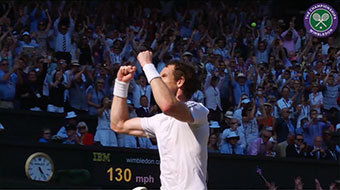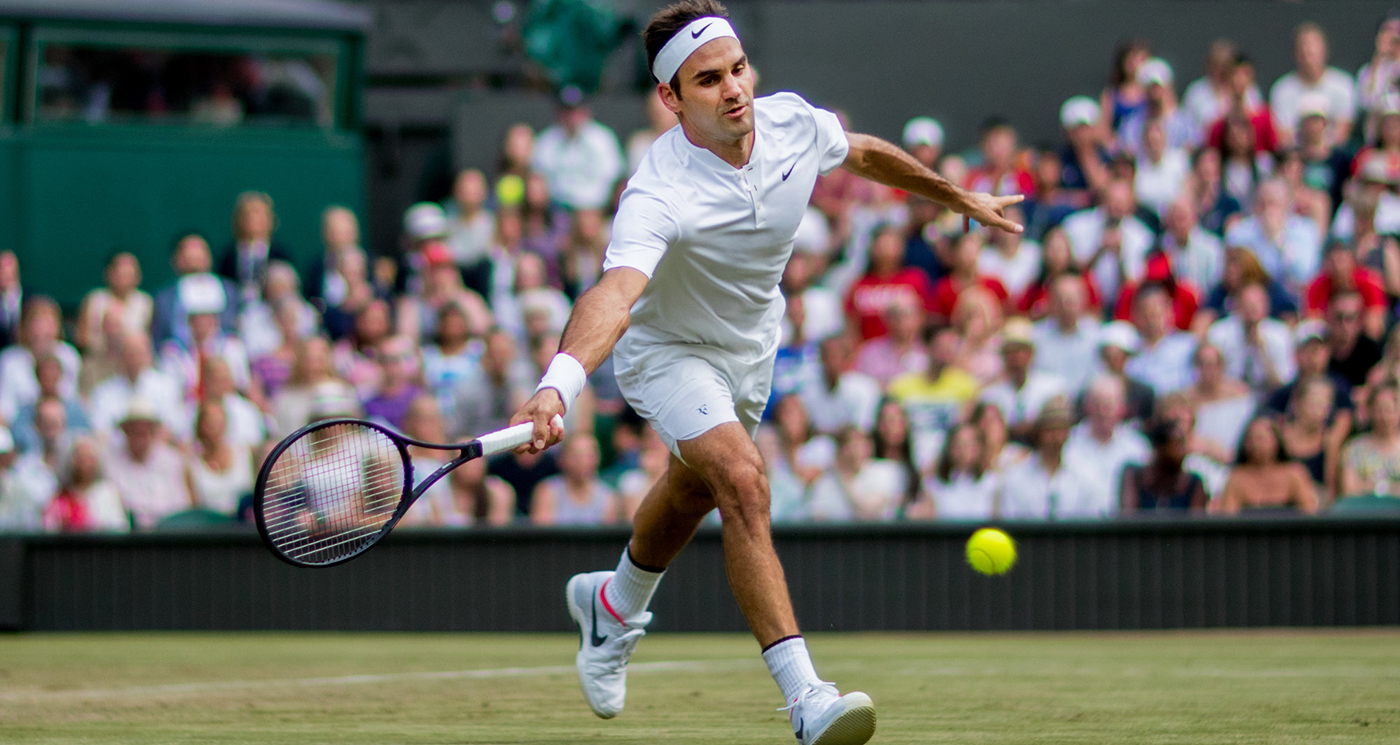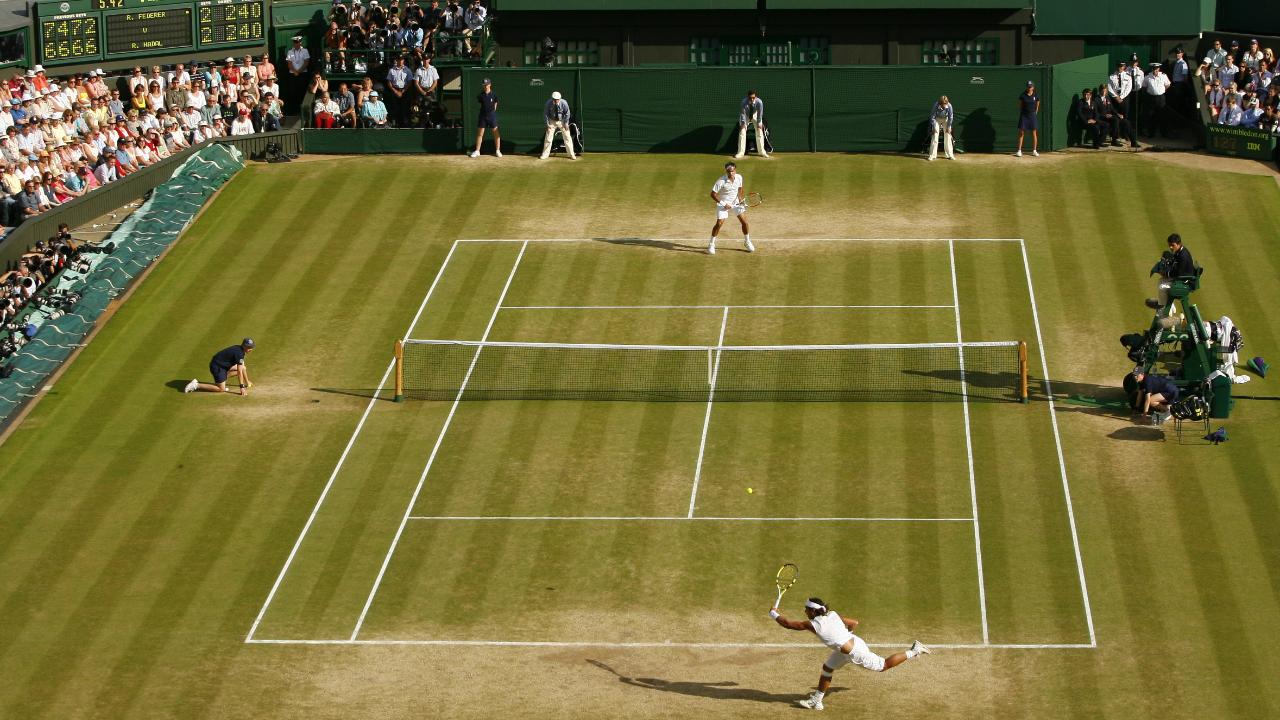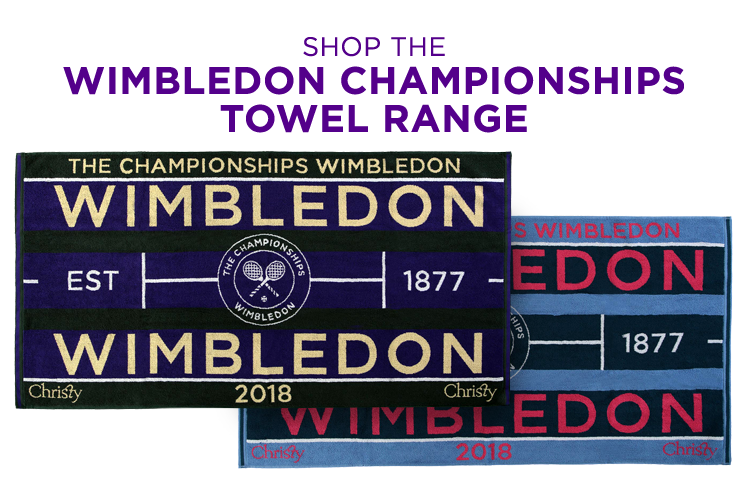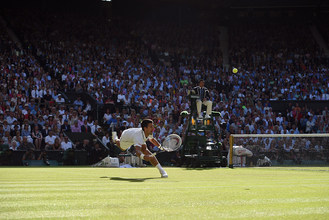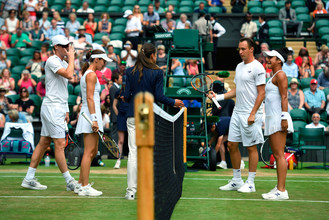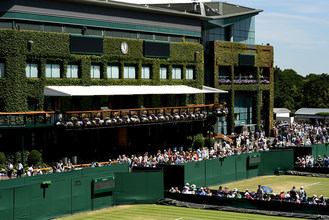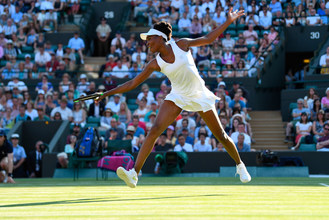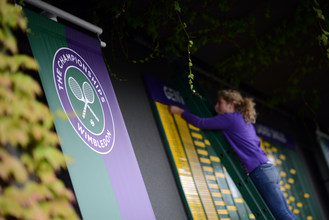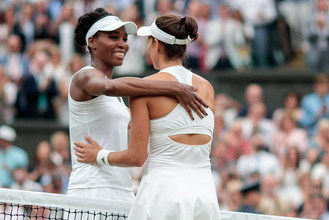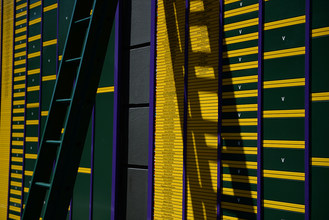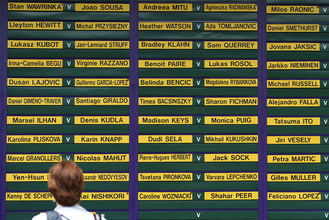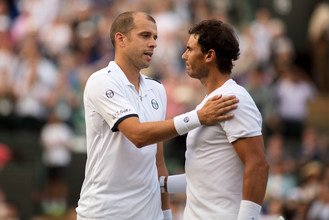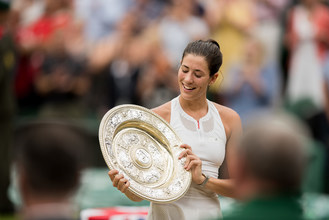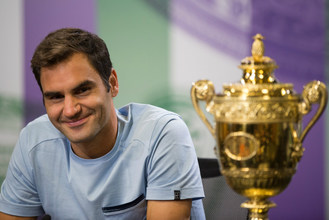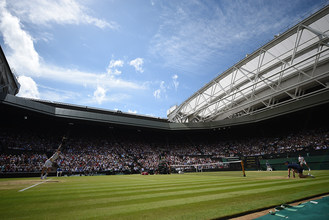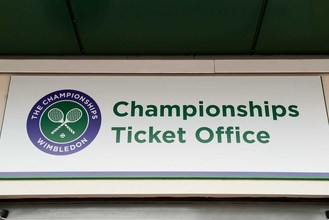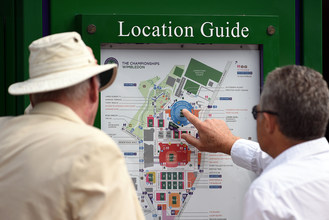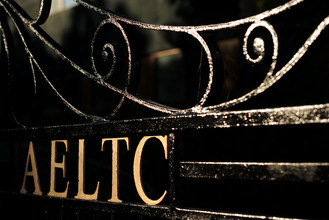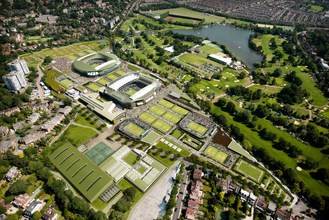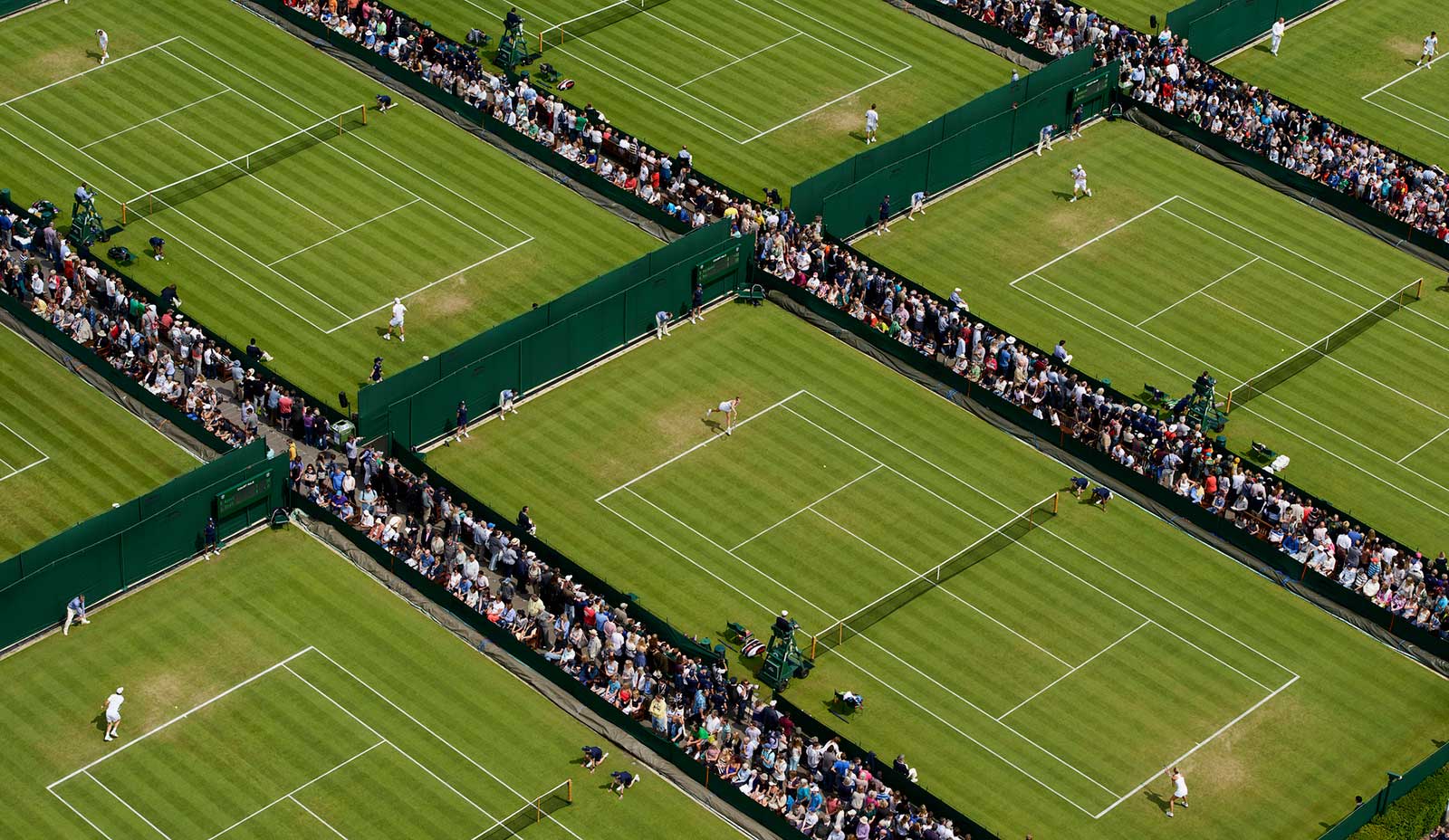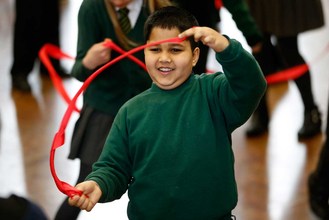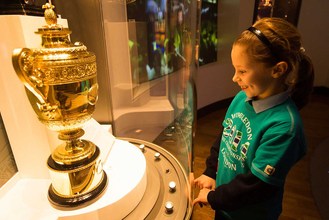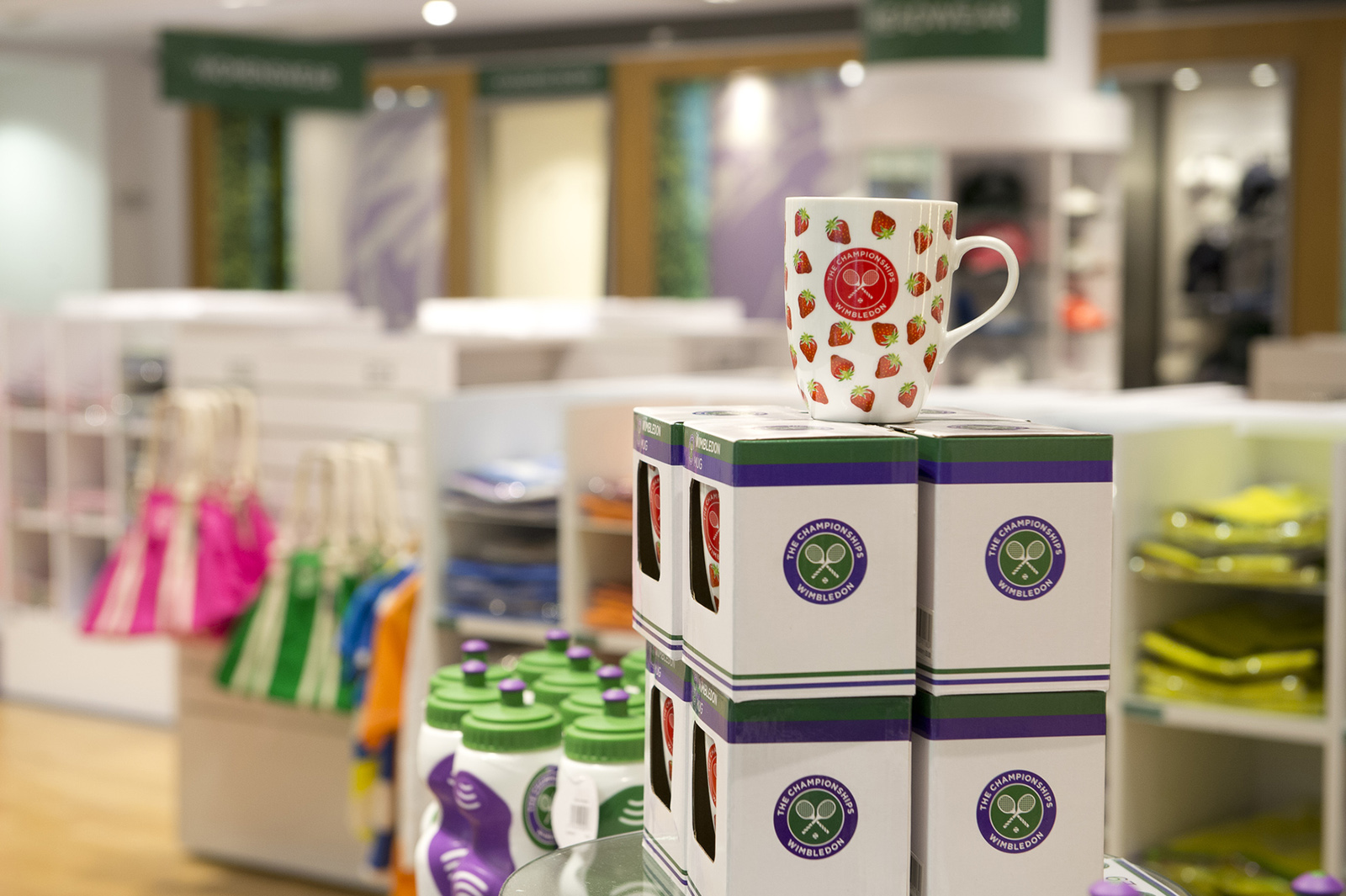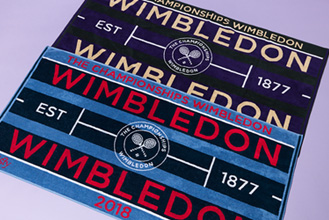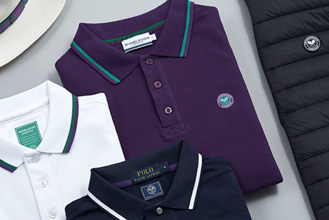Who’s better: Roger Federer or Roger Federer? It’s our first question in the #WimbleWars series, and today we’re pitting the 2007 version of the Swiss maestro against the 35-year-old who is still standing tall at Wimbledon in 2017. Take it away Nick McCarvel and Craig O'Shannessy of the Wimbledon Channel - and have your say on Twitter using #WimbleWars!
NICK McCARVEL: Federer of 2007 was a ‘Gazelle’
I get it: We all want to be in awe of Roger Federer at 35. Actually - no - I don’t have that quite right. We all ARE in awe of Roger Federer at 35. There is no question on that.
But let’s not forget the Roger of 25. It was 2007 and Federer had a stranglehold on the world No.1 ranking. Nadal had staked his claim on the clay, but elsewhere on the tour Roger was the dominant force, registering a 68-9 record that year and capturing seven titles overall.
Among those seven were the Australian and U.S. Opens, as well as his record fifth Wimbledon in as many tries. It was also the third time in four years that he won three out of the four majors. And - actually - the last year that he would complete the remarkable feat of going three-for-four.
Will such a span of mind-bending and brilliant dominance ever be seen again in tennis?
Perhaps not, but that’s not the question Craig and I are discussing here. Instead, it’s who would win in a match between Roger of 2017 and Roger of 2007.
When you look at the stats, both men (can we divide Roger into two?! Dangerous.) win 55 per cent of their total points played. In a large part, the stats stack up side-by-side from a decade ago to present day. Federer of 2007 was winning 59 per cent of points behind his second delivery, a touch higher than the 57 per cent he’s won in such situations during this season.
Twenty-five-year-old Roger was a gazelle, Goliath and gale force of serve-and-forehand fury, from January right through to November. He went 16-4 against the top 10, including a 3-2 record against arch-rival Rafael Nadal. Federer beat Nadal on clay for the first time that year in the final of Hamburg.
Let’s not shortchange the Federer that made him the legend he is today
In the opening three games of their Wimbledon final that year, Federer would display his most under-stated weapon, and the weapon that made him so unbeatable 10 years ago: His speed. He’d hit two jaw-dropping passing shots off the backhand wing thanks to his wheels that day, surging to a 3-0 lead and eventually winning in five.
To me, that’s the difference: He was just a touch speedier 10 years ago than he is today. Experience doesn’t make you faster. You lose that with age.
It’s OK to obsess over just how good present-day Federer is. But let’s not shortchange the Federer that made him the legend he is today. Game, set and match (in my mind) goes to Roger of 2007.
CRAIG O'SHANNESSY: Just listen to what Roger has said in 2017
For me it’s simple. This is all you need to know: In the fourth round of the Indian Wells Masters 1000 stop in March of this year, Roger Federer convincingly defeated Rafael Nadal 6-2, 6-3. It wasn't even that close.Tennis Channel commentators Mary Carillo and Paul Annacone interviewed Federer right after the match. Here's the conversation.
Carillo: "I think what's impressing so many of us is the way you are now at this stage of your career, adding shots, adding power... it's even more impressive than the way you were."
Roger's reply speaks volumes. Let's get it straight from the "horse's mouth" whether or not he is better in 2017 than he was in 2007. Here's what Roger said.
"I can play in different ways. Even though I could do that way back when as well, but I am (now) just able to step into the court much easier than I ever have."
Carillo asked why and Federer replied, "By coming over my backhand on the return from the get-go in the point, I can then start dominating points from the start."
Carillo added, "We have never seen this kind of freedom."
Federer quickly replied, "Yeah, me either."

There's the answer to the question from the man himself. The single act of coming over more backhand returns than slicing them has elevated his game to a new level. It also made his rally backhand better, it shortened points, it created more break point opportunities, and it made his confidence soar. No longer is the backhand a neutralizing shot - slice, slice, slice - it’s an attacking one. A second forehand in a sense.
Forget how old he is. It simply doesn't matter. In this case, age really is just a number.
At 35, he has all the experience of 20 years on tour and still the body that not only compete with the top players but beat them, too. The Roger Federer of today is a more complete, more aggressive, more attacking player in 2017 than he has been at any stage of his career. Period.
